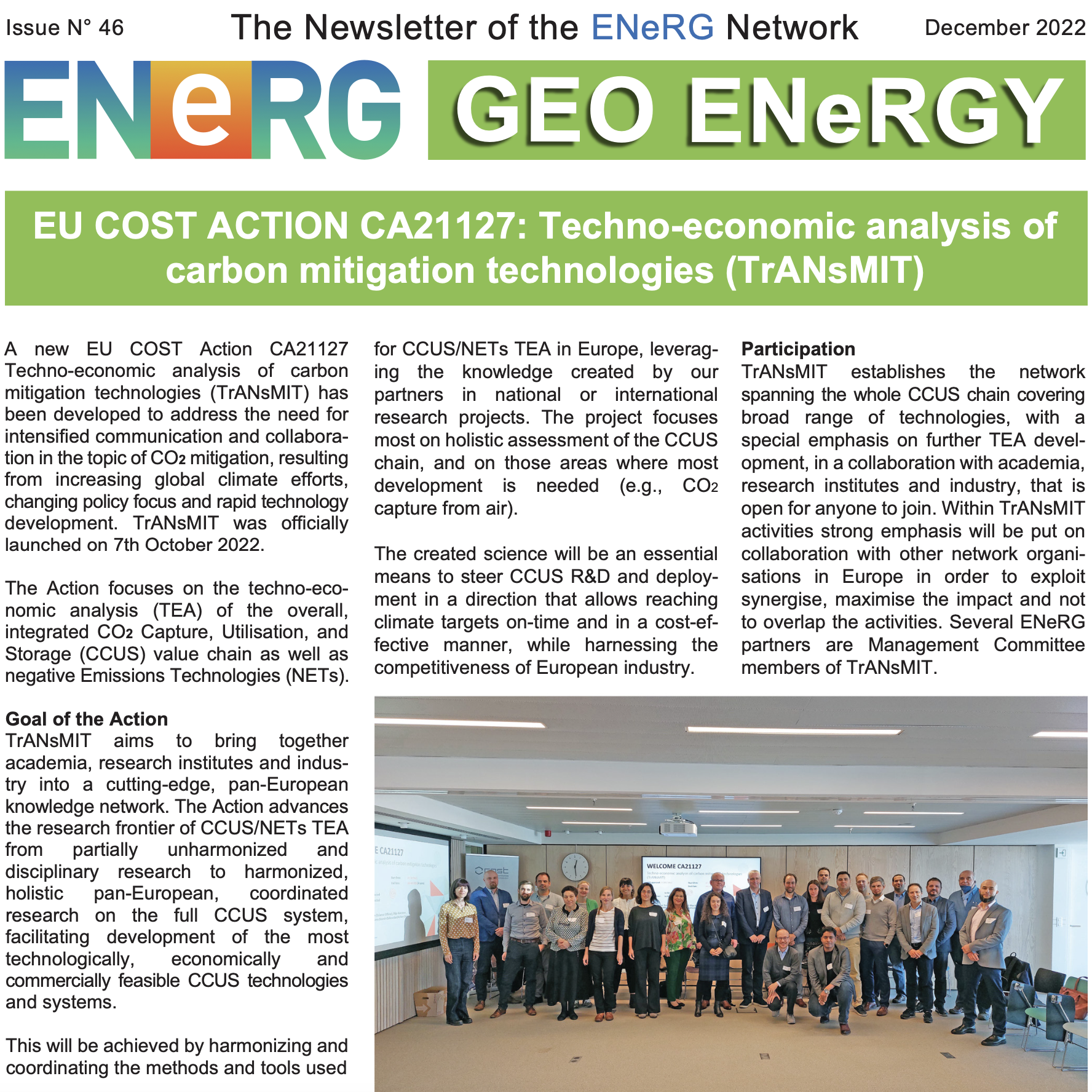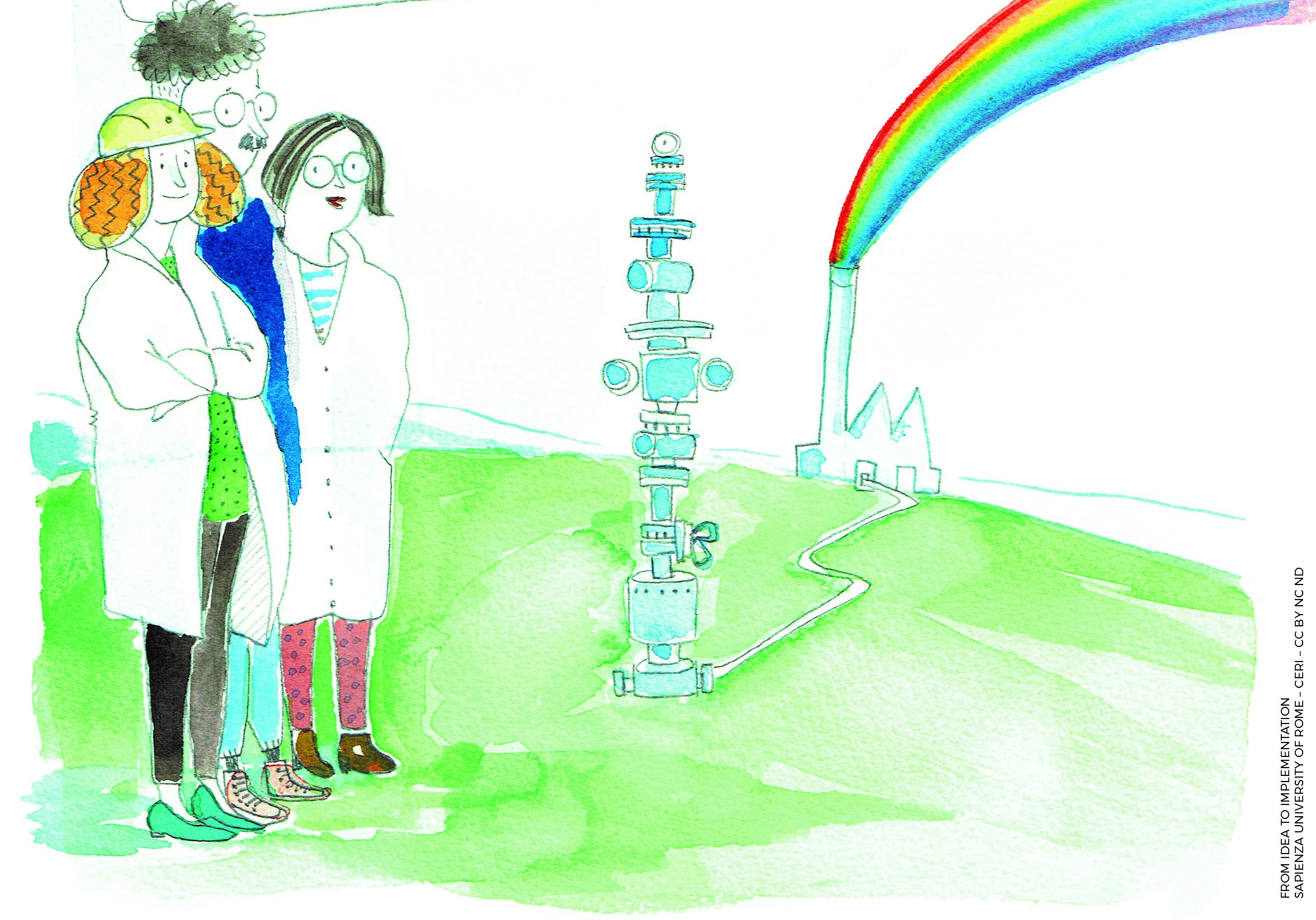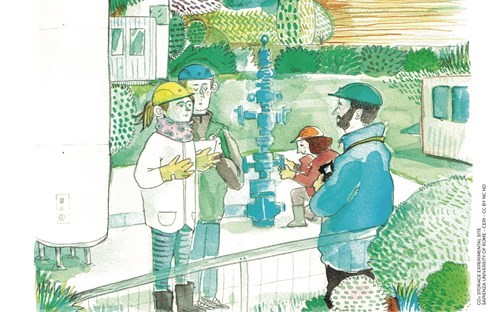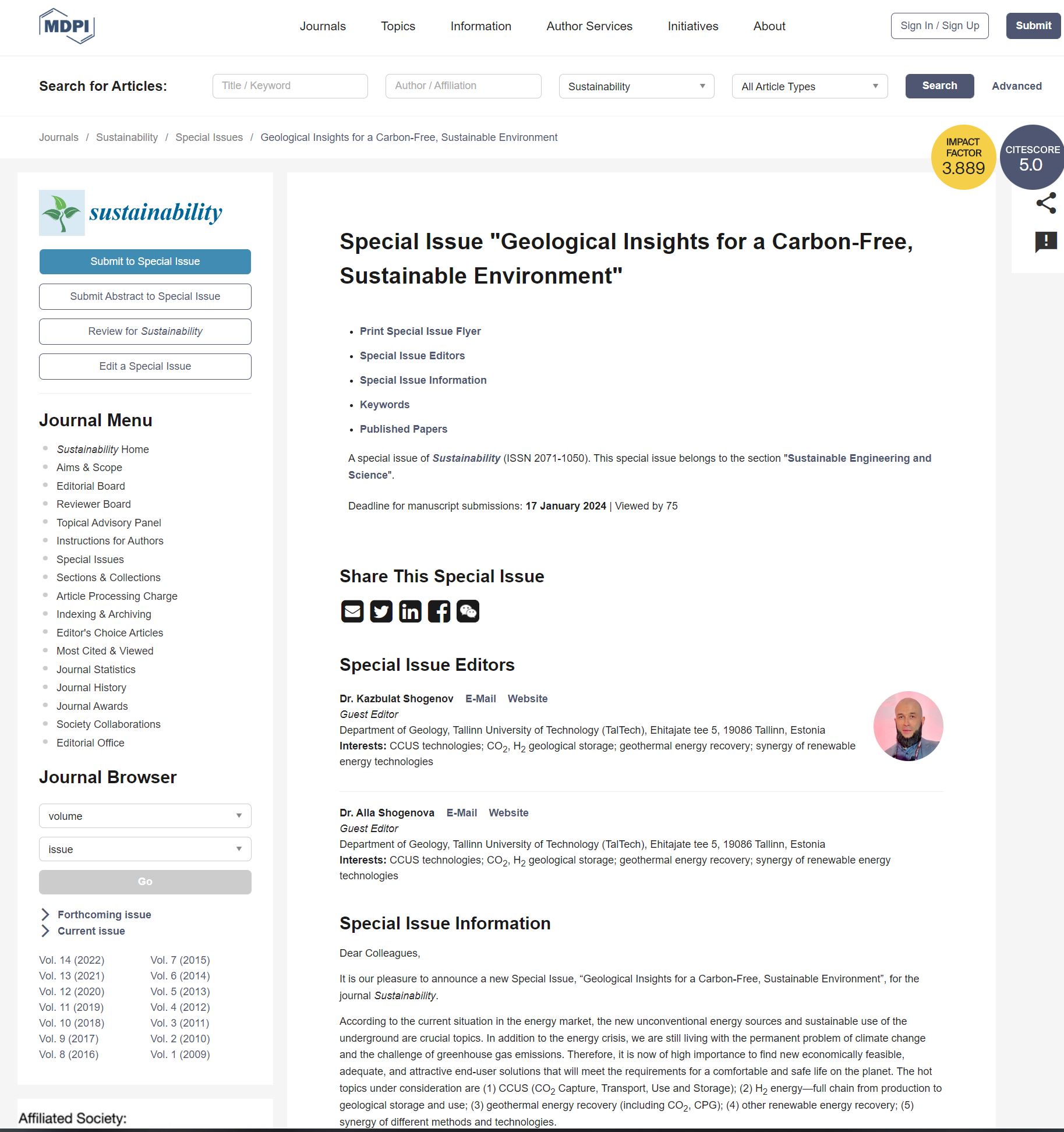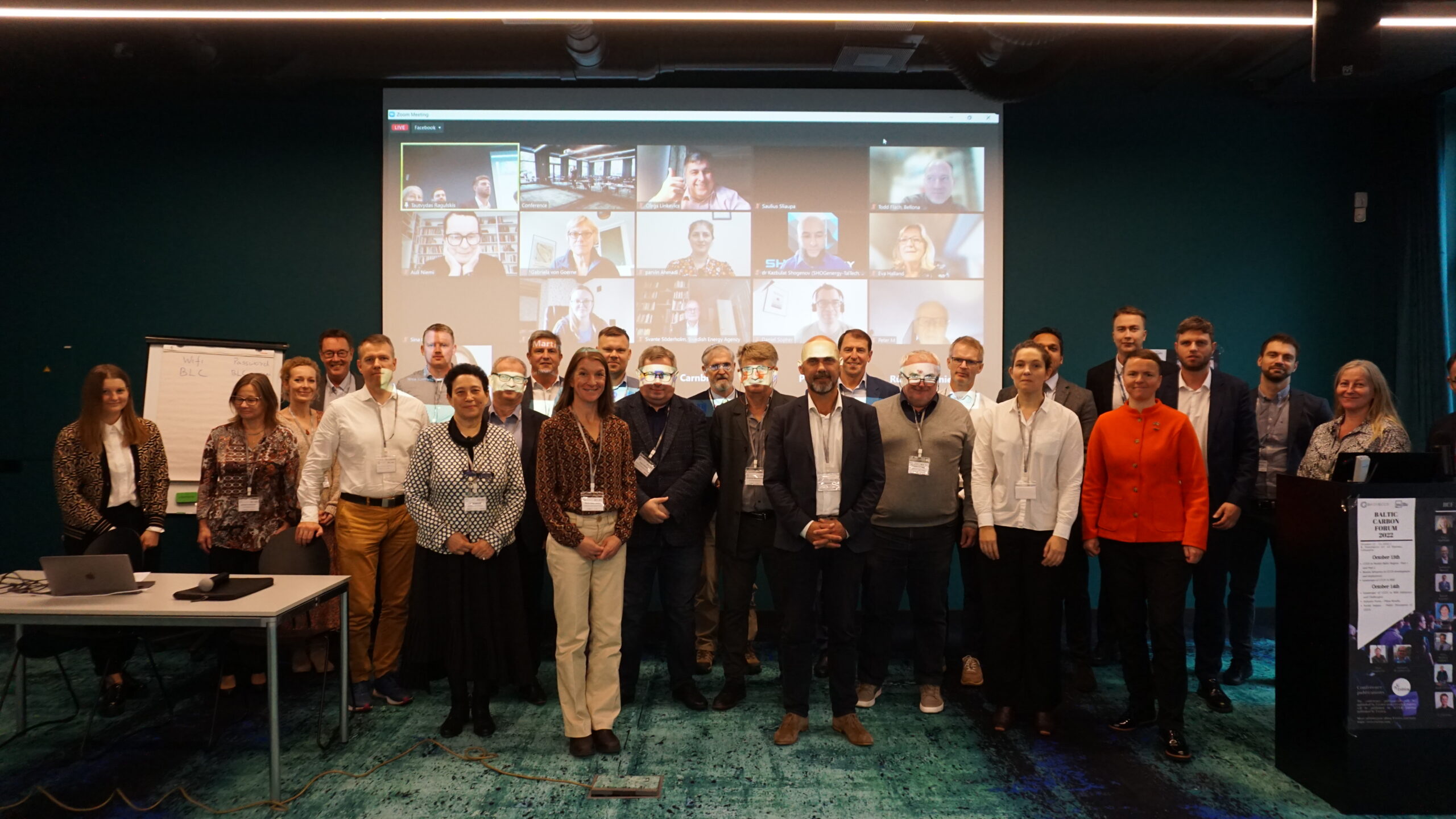In July 2022 at the conference in Lugano, Ukraine presented a powerful and comprehensive plan for recovery of the country. The implementation of this strategy is designed for 10 years and gained favorable assessments and support from international partners.
Ukraine’s Recovery is aimed to accelerate sustainable economic growth and to make a huge step from transitional to developing economy by 2032. The plan identifies a list of National programs https://recovery.gov.ua/en to achieve key results.
The recovery of Ukraine and the related mobilization of infrastructure funds is a unique chance for Europe as a whole as a continent actively develop energy efficiency measures, gradually abandon fossil fuels and switch to renewable energy sources (sun, wind, small hygropower, geothermal energy, biomass).
According to the Institute of Renewable Energy of the National Academy of Sciences of Ukraine, the total capacity potential of renewable energy sources in Ukraine reaches 874 GW, including about 250 GW of the capacity of offshore wind farms.
In terms of “fuel of the future”, by 2032 Ukraine can produce ~1.6-1.7 Mt of hydrogen, which will require up to 15 GW of electrolyzer capacity. The development of “green” hydrogen-based metallurgy and potentially the production of “green” hydrogen-based ammonia and fertilizers are promising options.
Detailed report on the recovery of Ukraine in the energy sector can be found at the link https://uploads-ssl.webflow.com/621f88db25fbf24758792dd8/62dacafb804d22348c8d8c08__Energy%20Security.pdf
Ukraine’s Recovery Plan and other materials by thematic sections can be found at https://www.urc2022.com/urc2022-recovery-plan
Interesting Report:
HOW TO REBUILD A “GREEN” COUNTRY: RECOMMENDATIONS FOR UKRAINE’S RECOVERY https://dixigroup.org/wp-content/uploads/2022/11/eng-analitychna-zapyska-po-vidnovlennyu-15112022.pdf


